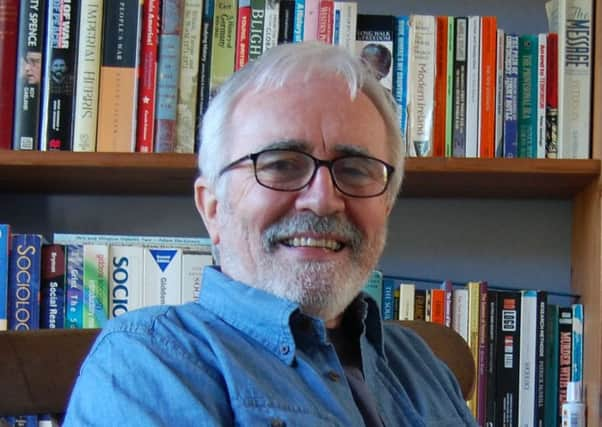Hope for those who fall short of rules


The raising of Lazarus, the feeding of the 5,000 or bringing Jairus’s daughter back to life you might agree are fairly major events, while the healing of Peter’s mother-in-law, and the man with the withered hand might be seen as fairly minor.
However, the story of this mysterious man having his shrivelled hand healed takes only six verses of Mark chapter 3, but the historical context provides a remarkable window into the relationship between Jesus and the religious leaders of his day, and also gives us a clear understanding of how Jesus viewed their laws: he ignored them!
Advertisement
Hide AdAdvertisement
Hide AdWind the clock back 25 years. It’s said that Herod the Great, in an gave the equivalent of $1bn in today’s money towards the cost of rebuilding of the temple at Jerusalem. He sourced 257 of the world’s best stonemasons and appointed a man called Yeshua Binzie as the project manager.
To have the work progressed without delay, the chief priest granted permission for the men to work around the clock, seven days a week. But Herod wanted his pet project, the fortification of Antonia, to proceed as quickly and so the chief priest agreed that the stonemasons could work on both projects on the Sabbath: an infringement of the law that usually carried the death penalty.
When the work on the temple was complete there was to be a great celebration, and so at sunrise Yeshua Binzie stood at the altar and praised the stonemasons who had worked 24/7 for three years to rebuild the temple.
At noon, Yeshua Binzie stood to his feet again and once again honoured the work of their hands, but this time it was different. ‘Even though the chief priest gave you permission to work on the Sabbath, you should have known that you should not have worked for the Romans on the Sabbath, and for that you will be punished’. Each man had his right hand crushed, thus ending the means of earning a livelihood; each man returned to the town of his birth, where no one would ever speak to him, and he must never speak nor even make eye contact with anyone, not even his wife and children.
Advertisement
Hide AdAdvertisement
Hide AdEach Sabbath a red cloth would be draped over his right hand and he would go to the temple, stand alone while the religious leader would point to him and say: ‘This is what happens to the man who breaks God’s law. There is no forgiveness for him, not ever. He is under a curse.’
And then came Jesus, who knew who the man was and who knew the history. And for the first time in 25 years that man heard a kind voice: ‘Come and stand in front of everyone.’
Jesus scowled at the religious leaders, and asked: ‘Does the law permit good deeds on the Sabbath, or is it a day for doing evil?’ He healed the man and removed the curse. But they went away and began to plot his death.’ Why? Because Jesus and religion didn’t mix. Doesn’t that give hope to the likes of those of us who don’t match up to religion’s exacting standards?